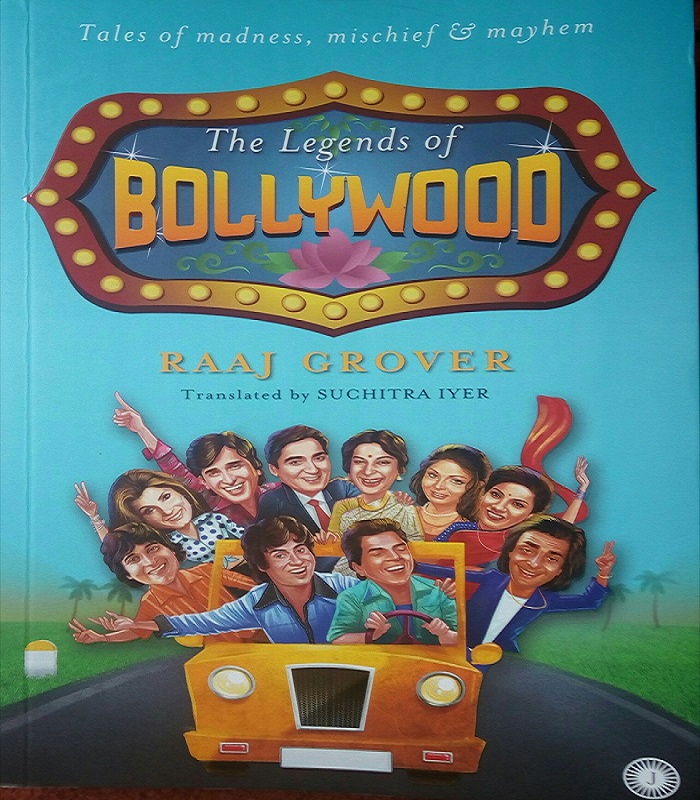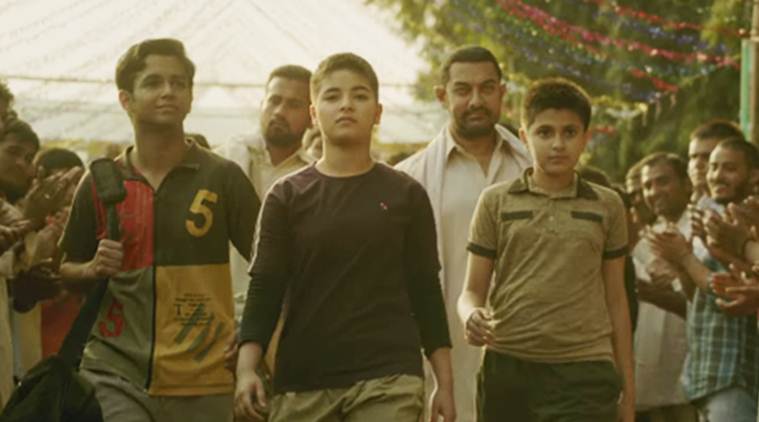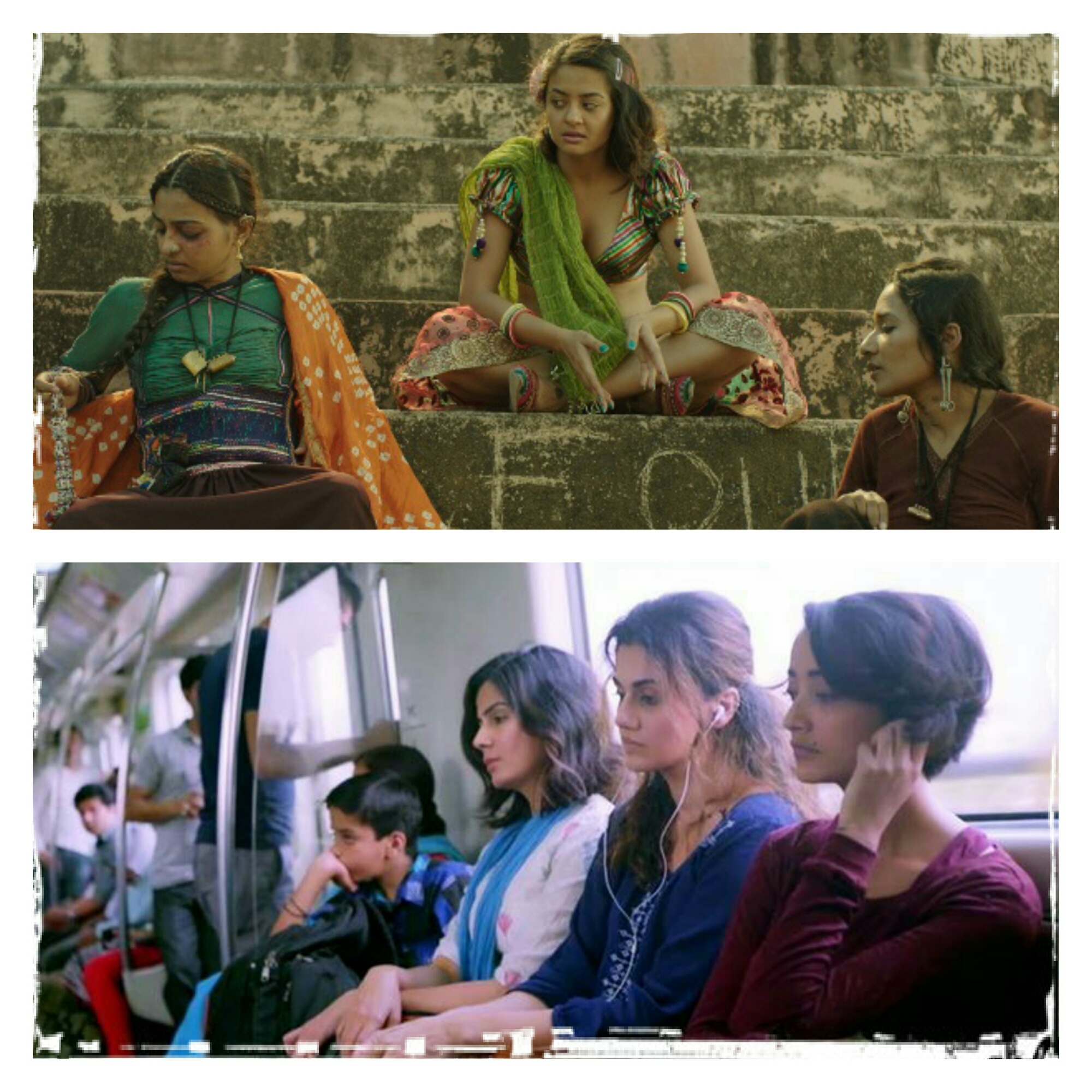Mohabbat bhi zindagi ki tarah hoti hai, har mod aasaan nahin hota, har mod par khushi nahin milti, par jab hum zindagi ka saath nahin chhorte, to mohabbat ka saath kyon chhorein.
[Love is similar to life – every turn isn’t easy; every turn doesn’t bring happiness… But if we don’t abandon life, then why do we abandon love?] – Mohabbatein
 Although the first Indian romantic film, Devdas, released in 1935, Bollywood’s tryst with romance began in 1929 with the Melody of Love, the first talkie film screened in India at Calcutta’s Elphinstone Picture Palace. Bollywood love generally involved singing around trees; close-ups of touching flowers depicting the taboo kiss; love triangles; and extra-marital affairs. While the Bollywood heroine mostly toed the line of tradition and propriety, films like Ijaazat (1987) and Lamhe (1991) attempted to break the Bollywood romance mold. But, even though Indian cinema remained circumspect towards depicting empowered women, TV programming took the lead with shows like Rajani (1984) as housewife turned social crusader, and Udaan (1989) about a woman’s journey of becoming an Indian police officer.
Although the first Indian romantic film, Devdas, released in 1935, Bollywood’s tryst with romance began in 1929 with the Melody of Love, the first talkie film screened in India at Calcutta’s Elphinstone Picture Palace. Bollywood love generally involved singing around trees; close-ups of touching flowers depicting the taboo kiss; love triangles; and extra-marital affairs. While the Bollywood heroine mostly toed the line of tradition and propriety, films like Ijaazat (1987) and Lamhe (1991) attempted to break the Bollywood romance mold. But, even though Indian cinema remained circumspect towards depicting empowered women, TV programming took the lead with shows like Rajani (1984) as housewife turned social crusader, and Udaan (1989) about a woman’s journey of becoming an Indian police officer.

By the late 90s, the Indian audience broke the shackles of state-owned programming with the advent of foreign TV media. Televisions beamed women taking center stage with serials like Tara (1993), Shanti (1994), and Aarohan (1996). Emboldened by popular demand, Bollywood filmmakers began to explore cinema beyond traditional narratives; and the new millennium brought female roles re-imagined with portrayals of independent women stepping outside conservative notions of propriety in Indian society. The year 2000 introduced Bollywood lovers to ideas of identity and agency, with the release of Astitva and Kya Kehna. Actor extraordinaire, Tabu, jostled with a lover’s inheritance and an illegitimate love-child in Astitva, while re-discovering her identity and courage; aided ably by her son’s girlfriend, Namrata Shirodkar. Meanwhile, Kya Kehna had Preity Zinta carry the mantle of single mother, and an unborn child ostracized for its out-of-wedlock status.
 Simultaneously, the allowance of 100% FDI in the film industry, caused international companies like 20th Century Fox, Walt Disney, and Sony Pictures Entertainment Inc., setting up shop in India, influencing Bollywood film production and distribution. Combined with the expanding presence of multiplexes and reduced budgets due to digital cinema technology, Bollywood filmmakers were increasingly able to risk off-beat stories. Films like Lajja (2001), Filhaal (2002), and Provoked: A True Story (2006) showcased female protagonists battling misogyny, surrogacy and domestic violence. When a film about a women’s hockey team, Chak De! India (2007), earned more than 100 crores INR, the box-office stamp of approval for women-centric films had arrived, albeit reasoned with King Khan’s (Shah Rukh Khan) presence.
Simultaneously, the allowance of 100% FDI in the film industry, caused international companies like 20th Century Fox, Walt Disney, and Sony Pictures Entertainment Inc., setting up shop in India, influencing Bollywood film production and distribution. Combined with the expanding presence of multiplexes and reduced budgets due to digital cinema technology, Bollywood filmmakers were increasingly able to risk off-beat stories. Films like Lajja (2001), Filhaal (2002), and Provoked: A True Story (2006) showcased female protagonists battling misogyny, surrogacy and domestic violence. When a film about a women’s hockey team, Chak De! India (2007), earned more than 100 crores INR, the box-office stamp of approval for women-centric films had arrived, albeit reasoned with King Khan’s (Shah Rukh Khan) presence.

More than 70 years after Bollywood’s first romantic film was released, its contemporary version, Dev.D (2009) brought modern India to the forefront, set in Northern India unlike Sarat Chandra Chatterjee’s novel about a Bengal village boy’s lovelorn life. While the characters remained the same, the story incorporated a modern Paro (Mahie Gill) shunning the chauvinistic Dev (Abhay Deol), and Chandramukhi as Chanda (Kalki Koechlin) prostituting for survival after an MMS scandal destroys her family. With its modern take on an oft re-hashed love story, Dev.D brought independent film-making and empowered women to the forefront of Indian cinema. Ishqiya (2010) featured Vidya Balan as a widow seeking revenge for her attempted murder, manipulating two common thieves with her seductions, in a bid to confront her murdering husband. Ishqiya’s box-office success spurred a gamut of woman-centric films such as 7 Khoon Maaf and No One Killed Jessica (2011), English Vinglish and Kahaani (2012).
 However, it was the arrival of Queen (2013) that put the spotlight of a box-office success on the able shoulders of its female lead, Kangana Ranaut. Queen featured Ranaut as Rani, a bride spurned a day before her wedding, who decides nevertheless to go on her European honeymoon alone. Breaking the shackles of her typical Delhi upbringing, she encounters friendly strangers and new adventures, making her confident in her independence, even as her fiancé realises his mistake. Adding to Bollywood’s explorations of women’s empowerment and female sexuality was Margarita with a Straw (2014). The film featured Kalki Koechlin as Laila who suffers from cerebral palsy struggling with her love for Khanum (Sayani Gupta), a female activist in Manhattan, even as she copes with her conservative mother’s (Revathy) opposition.
However, it was the arrival of Queen (2013) that put the spotlight of a box-office success on the able shoulders of its female lead, Kangana Ranaut. Queen featured Ranaut as Rani, a bride spurned a day before her wedding, who decides nevertheless to go on her European honeymoon alone. Breaking the shackles of her typical Delhi upbringing, she encounters friendly strangers and new adventures, making her confident in her independence, even as her fiancé realises his mistake. Adding to Bollywood’s explorations of women’s empowerment and female sexuality was Margarita with a Straw (2014). The film featured Kalki Koechlin as Laila who suffers from cerebral palsy struggling with her love for Khanum (Sayani Gupta), a female activist in Manhattan, even as she copes with her conservative mother’s (Revathy) opposition.
 With Lipstick under My Burkha (2016), Bollywood saw the sexual aspirations of women in small town India unveiled. The rebellious streak features prominently among the four female protagonists, with a feminine camaraderie that is increasingly becoming a major plot point of contemporary Indian cinema with films like Angry Indian Goddesses (2015) and Veere Di Wedding (2018). Not surprisingly, with the increasing influence of women directors such as Meghna Gulzar, Shonali Bose, and Alankrita Shrivastava, women’s representation has moved beyond traditional societal norms, and Bollywood’s heroine is frequently pushing boundaries in the new millennium.
With Lipstick under My Burkha (2016), Bollywood saw the sexual aspirations of women in small town India unveiled. The rebellious streak features prominently among the four female protagonists, with a feminine camaraderie that is increasingly becoming a major plot point of contemporary Indian cinema with films like Angry Indian Goddesses (2015) and Veere Di Wedding (2018). Not surprisingly, with the increasing influence of women directors such as Meghna Gulzar, Shonali Bose, and Alankrita Shrivastava, women’s representation has moved beyond traditional societal norms, and Bollywood’s heroine is frequently pushing boundaries in the new millennium.





